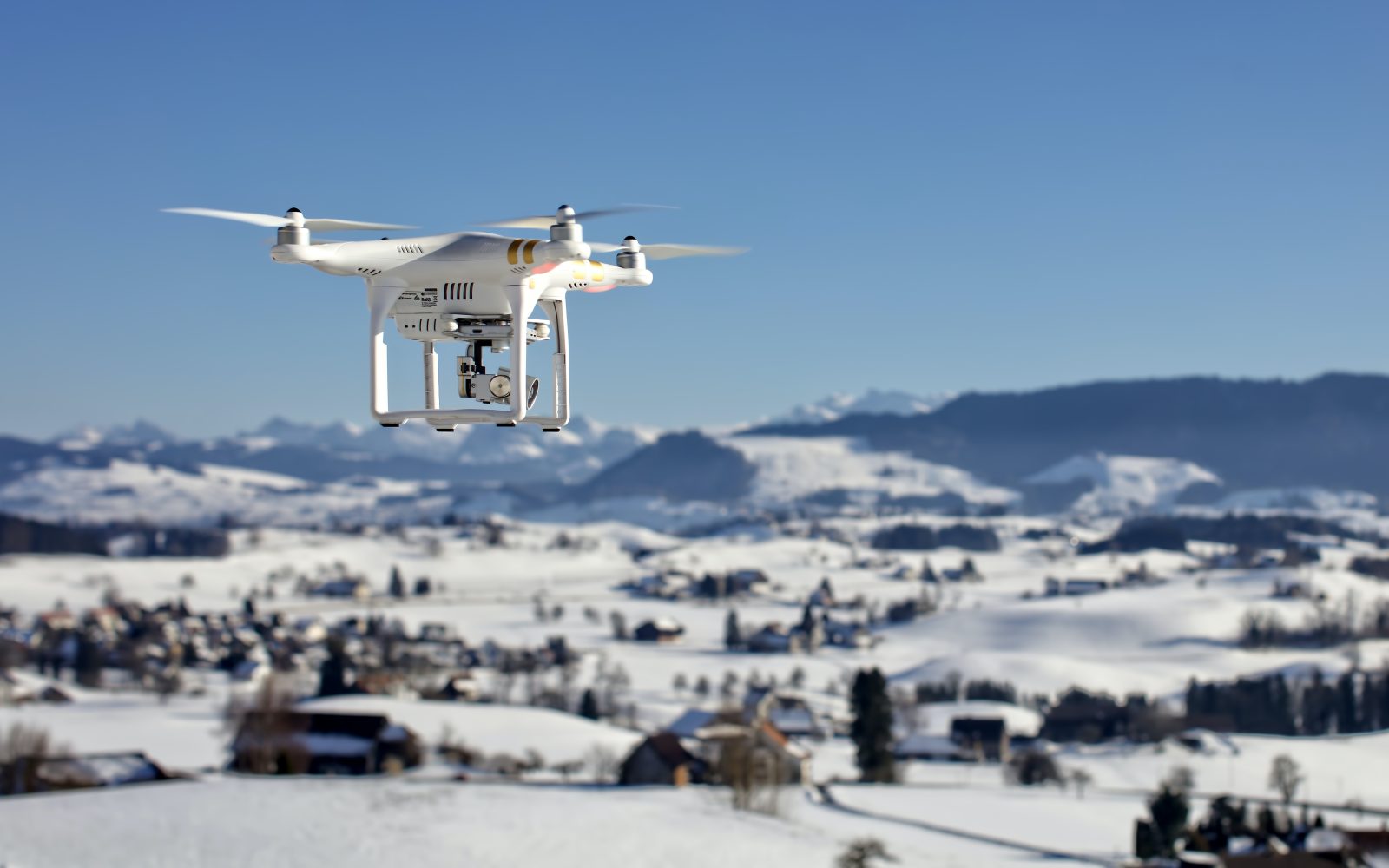
The FAA’s UAS Beyond Visual Line of Sight (BVLOS) Aviation Rulemaking Committee (ARC), which was formed to advance the regulatory path toward autonomous, safe, and routine BVLOS drone missions, has published its final report.
With an increasing number of industries now relying on drones for their operations, it’s widely recognized that enabling routine BVLOS operations will unlock critical benefits for high-value uses such as infrastructure inspections, medical supply and package delivery, public safety missions, wildfire mitigation, and agriculture surveying.
But to fly BVLOS today, operators must seek waivers or exemptions from the FAA – a process that’s both lengthy and cumbersome. This is why the work of the FAA BVLOS ARC is considered extremely important by the drone industry and its key stakeholders alike.
Also read: FAA grants BVLOS drone waiver for a 12-mile distance, its longest ever
Here are the chief suggestions provided by the FAA committee on BVLOS drone operations:
1. Establishing risk levels
The ARC recommends that the FAA set an acceptable level of risk (ALR) for UAS that is consistent across all types of operations being performed. The ARC envisions that this approach will allow the FAA to adopt a common and consistent set of regulations and guidance, giving operators the flexibility to meet the ALR through qualitative or quantitative methods, or a hybrid approach.
2. Determining right of way
The ARC recommends a series of modifications to the right of way rules in both Low Altitude Shielded Areas (within 100 feet of a structure or critical infrastructure) and Low Altitude Non-Shielded Areas (below 400 feet) to accommodate drone operations. Specifically, the ARC recommends:
- Allowing automatic means for see-and-avoid responsibility
- Giving drones right of way in Shielded Areas
- Giving drones right of way over crewed aircraft that are not equipped with ADS-B or TABS in Non-Shielded Low Altitude Areas
- Giving crewed aircraft that are equipped with ADS-B or TABS (and broadcasting their position) right of way in Non-Shielded Low Altitude Areas
3. New pilot training requirements
The ARC recommends an approach to operator qualification that would extend Part 107, Remote Pilot Certificate with Small UAS Rating, to cover topics associated with Extended Visual Line of Sight (EVLOS) and shielded UAS operations.
The recommendation creates a new Remote Pilot certificate rating to cover BVLOS operations beyond the scope of the extended Part 107 rating. The examination for both ratings would consist of a knowledge test on relevant areas, while practical training and qualifications would be tied to new Remote Air Carrier and Remote Operating certificates, which would be required for most commercial 1-to-many operations. The qualifications would be based on specific drone systems, use cases, and operational restrictions.
4. New BVLOS rule
The ARC further recommends that the FAA establish a new BVLOS Rule which would include a process for qualification of drone and drone systems, applicable to aircraft up to 800,000 ft-lb of kinetic energy (in accordance with the Operation Risk Matrix).
5. Regulations for third-party service providers
Finally, the ARC recommends that the FAA adopt a non-mandatory regulatory scheme for third-party services to be used in support of drone BVLOS operations.
In addition to its recommendations, the ARC has also identified certain issues relevant to UAS BVLOS operations that are beyond the committee’s scope, but can be considered by future advisory groups. Similarly, the ARC has identified issues that may go beyond the FAA’s scope of authority as well. You can read about these and the basis of the ARC recommendations in the full report here.
Reactions by AUVSI, Aloft, Small UAV Coalition
The Association for Uncrewed Vehicle Systems International (AUVSI) is commending the report for its focus on safety. AUVSI president and CEO Brian Wynne, who is also a member of the BVLOS ARC, says:
By adhering to a transparent and deliberative process, the ARC put forward a safety-focused plan to welcome new users into the airspace and foster innovation. ARC members set out to simultaneously raise the standard of safety in the airspace to unprecedented levels and unlock new benefits of aviation, and this report accomplishes that goal and should be applauded by all aviation stakeholders.
Aloft Technologies CEO Jon Hegranes has called the FAA’s publication of the report a watershed moment for the integration of drones in the national airspace. Hegranes tells DroneDJ:
As a participant in the FAA rulemaking committee, Aloft welcomes the report from the FAA that establishes a basis for scaling uncrewed flight in the national airspace. BVLOS operations make practical use cases like drone delivery and urban air mobility a reality with a clear blueprint on how to operate safely. It’s our belief that BVLOS will ultimately rely on programmatic data and network remote ID to scale among enterprises and governments.
Meanwhile, Small UAV Coalition, a drone advocacy group, is urging the FAA to expeditiously review the report and prioritize drafting a Notice of Proposed Rulemaking and any other regulatory updates that may be required to implement the ARC’s recommendations. Here’s a statement by the group:
The Coalition praises the work and dedication of BVLOS ARC members, who comprise a diverse set of stakeholders, and who ensured that ARC report and recommendations would reflect a variety of perspectives and experience. The ARC is also to be commended for completing its work promptly, despite the challenges of deliberating in a virtual setting.
Read more: In a first, FAA approves BVLOS drones at Delek US refineries
FTC: We use income earning auto affiliate links. More.






Comments